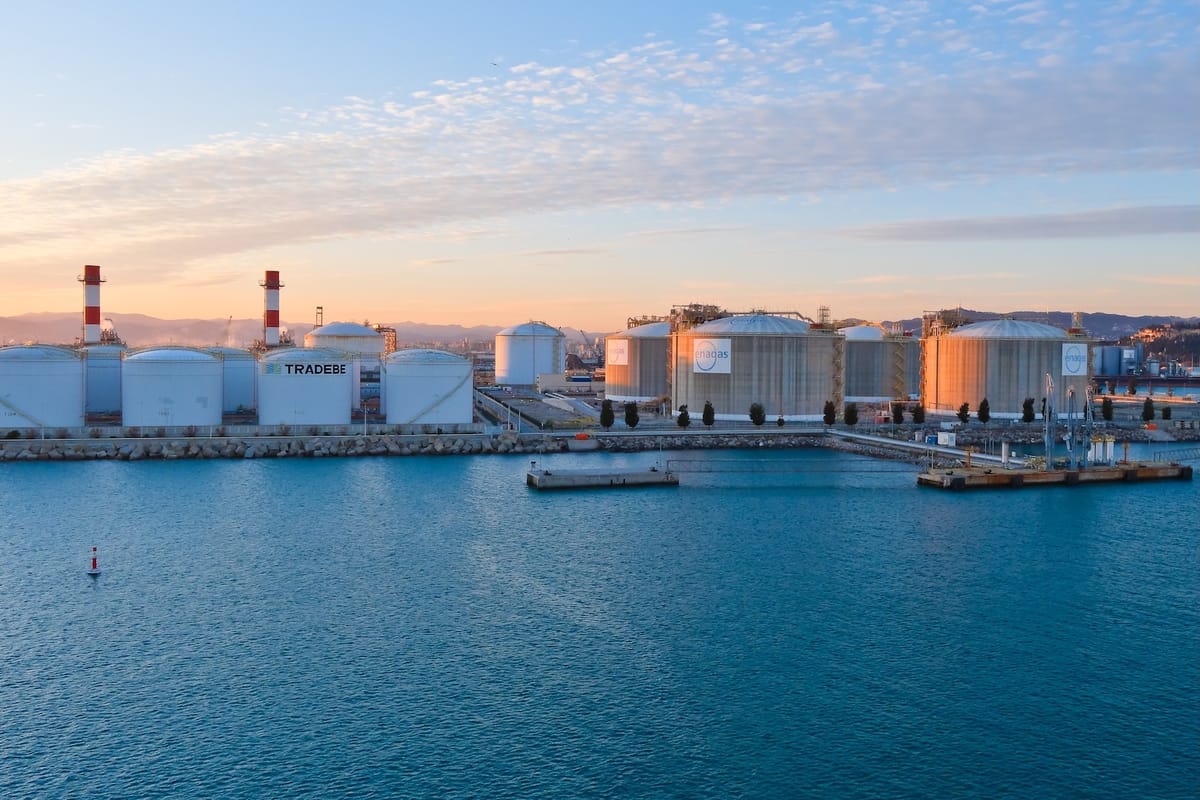

Energy Exports as a Trade Solution
President Donald Trump has made a bold move to address the U.S. trade deficit with the European Union, emphasizing energy exports as a cornerstone of his strategy. Speaking recently, he highlighted the significant imbalance in trade, pointing out that the EU sends millions of cars and other goods to the U.S. while restricting American products. His administration is focused on leveraging America’s vast energy resources to shift this dynamic, urging the EU to increase purchases of U.S. oil and liquefied natural gas (LNG).
The U.S. has emerged as a global energy powerhouse, with oil production surpassing 20 million barrels per day and LNG exports setting records. Trump’s call for the EU to buy more American energy aligns with efforts to capitalize on this strength. He argues that such purchases could quickly reduce the trade gap, which he claims exceeds $350 billion annually.
Strengthening U.S. Energy Dominance
The push for energy exports comes as the U.S. continues to expand its production capacity. Since lifting restrictions on crude oil exports in 2015, the U.S. has become the world’s largest oil producer, with exports to Europe alone reaching around 2 million barrels per day. Countries like the Netherlands, Spain, and France rank among the top importers. Similarly, LNG exports have surged, with Europe accounting for 66% of U.S. shipments in 2023, driven by demand following sanctions on Russian energy.
Trump’s administration has taken steps to accelerate this growth. On his first day in office, he issued orders to resume processing LNG export permits, reversing a pause implemented by the previous administration. Projects in Louisiana and Texas, including expansions by major firms, are now moving forward. These efforts aim to ensure a steady supply of affordable energy for allies while boosting domestic jobs in states like Texas and Pennsylvania.
The president has also signaled plans to streamline regulations, potentially declaring a national energy emergency to expedite infrastructure projects. This could include new pipelines and power plants to meet rising electricity demand, particularly from data centers powering artificial intelligence and other technologies.
Trade Leverage Through Tariffs
To reinforce his energy export strategy, Trump has not shied away from using tariffs as leverage. He has warned the EU of duties on its exports, such as cars and machinery, unless it commits to buying more U.S. energy. Recent tariffs on Canadian and Mexican imports, including exemptions for compliant producers, show his willingness to use trade policy to open markets. While some EU leaders have expressed readiness to negotiate, others caution that increased U.S. energy imports may face logistical limits, as Europe already takes nearly its maximum capacity of American crude.
The administration’s tariff approach has sparked debate, but Trump remains firm, arguing that the EU’s trade practices have long disadvantaged American farmers, manufacturers, and energy producers. He has pointed to the millions of European cars entering the U.S. market, contrasting this with barriers faced by American agricultural products and vehicles in Europe.
Energy Security for Europe
Trump’s push also aligns with Europe’s need for energy security. Since 2022, the EU has sought to reduce reliance on Russian fossil fuels, with a goal to phase them out by 2027. The U.S. has stepped in as a key supplier, providing 47% of the EU’s LNG and 17% of its oil imports in early 2024. Trump has assured European leaders that the U.S. can guarantee stable LNG supplies, even as domestic prices remain a concern for American consumers.
European demand for U.S. energy is likely to grow as the bloc diversifies its sources. The EU has explored long-term LNG contracts and investments in U.S. export infrastructure to secure stable pricing. Trump’s emphasis on energy exports could strengthen transatlantic ties, offering Europe a reliable alternative to Russian gas while boosting U.S. economic interests.
Economic Impact at Home
Increasing energy exports to the EU promises significant benefits for the U.S. economy. The oil and gas sector supports millions of jobs, from rig workers in Texas to engineers in Louisiana. Expanding LNG facilities, such as those in Sabine Pass and Port Arthur, will create thousands of construction and operational roles. Additionally, higher export volumes could stabilize domestic energy prices by balancing supply and demand.
Trump’s broader agenda includes revitalizing American manufacturing, and affordable energy is central to that goal. By reducing regulatory hurdles, the administration aims to lower production costs for businesses, making U.S. goods more competitive globally. The focus on energy exports also supports rural communities, where many oil and gas operations are based, providing a lifeline to local economies.
Looking Ahead
As negotiations with the EU continue, Trump’s administration is preparing for a busy period of trade talks. The president has indicated that energy deals could be a starting point for broader agreements, potentially easing tensions over tariffs. His team is engaging with European counterparts to explore contracts that ensure long-term U.S. energy sales while addressing the EU’s logistical concerns.
The path forward will require balancing domestic priorities with international commitments. Trump’s insistence on fair trade reflects a belief that America’s energy abundance can reshape global markets. Whether this strategy will close the trade deficit remains to be seen, but it underscores a determination to put U.S. economic interests first.
Dues are $12 per year. Member benefits:
✅ Ad-Free Website Viewing
✅ Advocacy for Republican Seniors
✅ 120+ Senior Discounts
✅ Member Only Newsletters